Today I thought I’d talk about one of my favorite parts of a bride’s wedding day ensemble—the veil. Veils have a long and interesting tradition, and today’s fashionable veils look gorgeous on any bride. Here’s a quick infographic to get you started on the basics!
Now that you’ve got the basics, here are some quick answers are some veil questions.
Why do we wear veils?
The veil’s start isn’t as romantic or as pretty of the veils we know and love today: it was originally used in Roman times to protect the bride from evil spirits who might try to curse her or her marriage. Eventually wedding traditions changed, and with the advent of “newer” traditions like white wedding dresses, veils came to symbolize purity and modesty. (It’s also part of the superstition that the groom shouldn’t see the bride before the wedding!)
What’s the difference? A veil’s a veil.
Not so! Veils have a very distinct individual style, and there’s no guarantee that a veil will match a certain dress—which is why experts recommend brides pick their dress before picking their veil. Despite this, many brides choose to wear an heirloom veil, or a veil passed along from someone in their family, which can lead to a tougher dress hunt but an end product that she’ll really love.
How many kinds of veils are there?
Experts disagree on the exact number, but it generally varies from eight to fourteen types of veils, each suited to a different type of dress, different type of wedding, and different type of bride. Here are some of my favorites.
Blusher
The blusher is a retro-inspired short veil that drops down the bride’s face and just skims the top of her dress. This type of veil allows for the “reveal,” where the groom lifts his bride’s veil to truly see her for the first time on their wedding day.
Birdcage
These veils are the shortest of the veils, and made of a woven mesh rather than a lace or a finer weave. They have a vintage-1920s reputation, and have enjoyed a burst of popularity recently. You might have seen Miranda Lambert or Katherine Heigl sporting these cute veils at their weddings.
Flyaway
These short and sweet veils can work with a casual or a formal wedding, and are a frequent accent piece for brides who don’t want all the fuss of a longer veil—or a quick and easy addition to a longer piece to add a layered look. Danielle Fishel (Topanga from Boy Meets World) wore a beautiful example of this at her wedding.
Elbow-length
This chic and elegant veil is the middle child of the most commonly-known veils (the flyaway and the fingertip), but it certainly has its place in any wedding! Elizabeth Banks wore a beautiful elbow-length veil to go along with her soft and flowing dress at her ceremony.
Fingertip
Fingertip veils are some of the most commonly-recognized and most-used veils. These veils fall to the tips of a bride’s fingers when her arms are fully extended down, and lend an air of elegance to any ceremony. One of my favorite examples of the fingertip veil was worn by the lovely Kate Middleton in her wedding to Prince William.
Ballet
Ballet veils, also known as ballerina veils or waltz veils, are a lesser-known style that runs longer than fingertips but doesn’t quite get the full length of the chapel or the sweep. These veils are more appropriate for formal settings, but can work with any number of dress styles and allow you some movement on the dance floor. For an example, check out supermodel Molly Sims’ veil.
Chapel
This style of veil is edging toward “very formal,” and is well known for its elegance. A chapel veil, not to be confused with its big sister cathedral veil, grazes the floor, extending just beyond the edge of a bride’s dress. One great example is Angelina Jolie’s lovely two-tiered chapel veil.
Cathedral
This is the veil, the one most little girls picture for their big day. The veil extends far beyond the train of the dress and well onto the aisle, providing a regal look. Think Princess Diana.
These are just some of my favorites, not all of the veils out there—and remember, even these basic veils come in a huge variety of styles. Embroidery, embellishment, beading, and crystal-work are all options for your veil. There are mantillas or even Juliet caps, like the gorgeous style icon Grace Kelly wore for her own royal wedding. They can be layered or worn individually or even custom-modified to suit your exact needs.
In the end, what matters isn’t the style, or the embroidery, or who else wore it. All that matters is that you love your veil and you love how your veil makes you look on your big day.

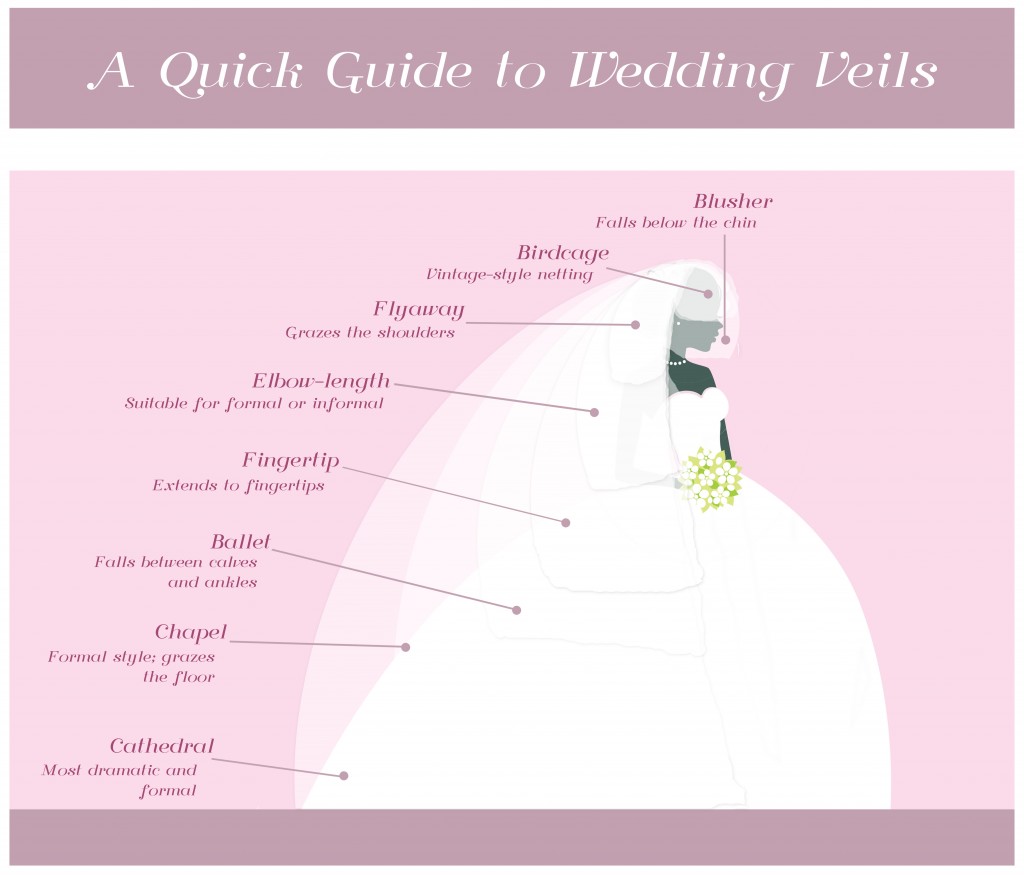
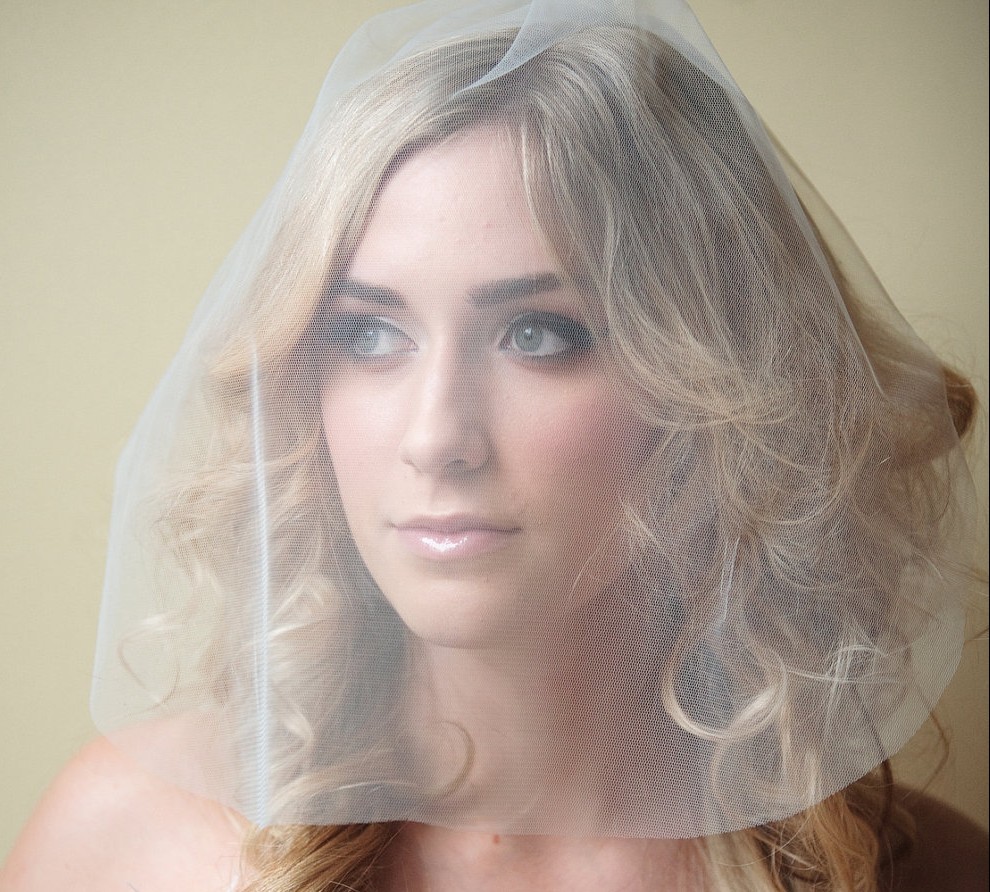
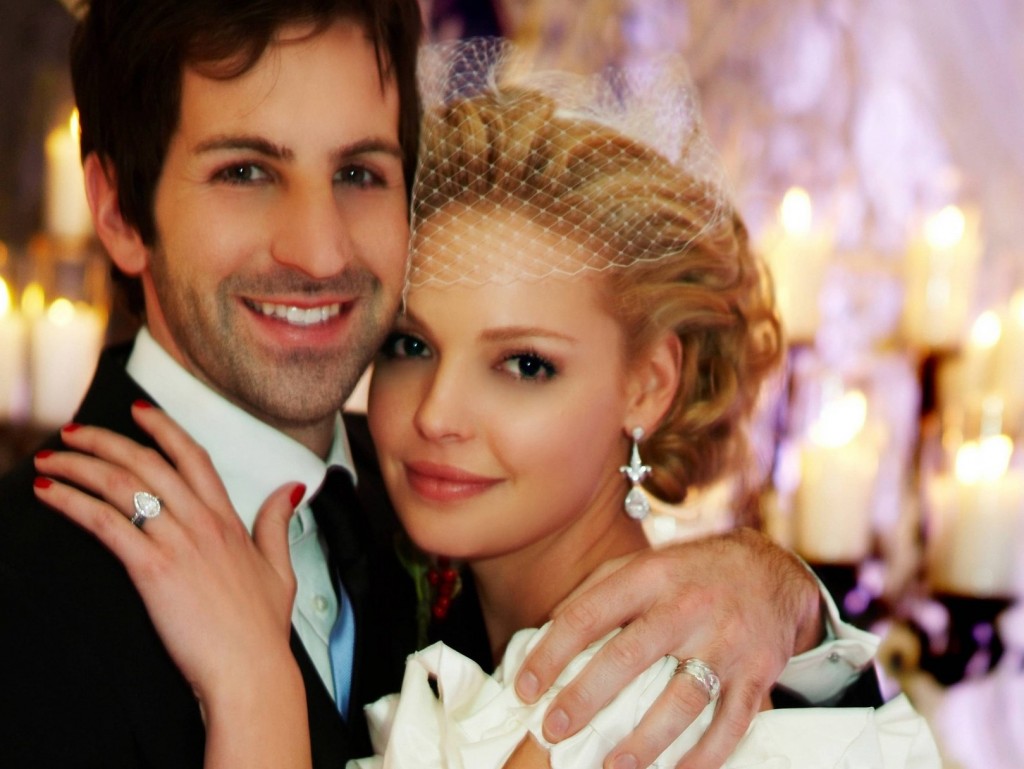
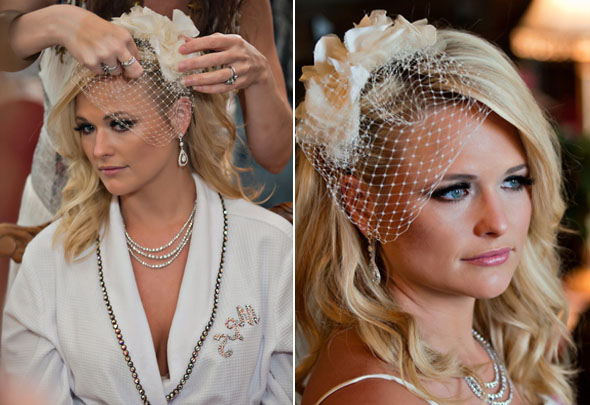
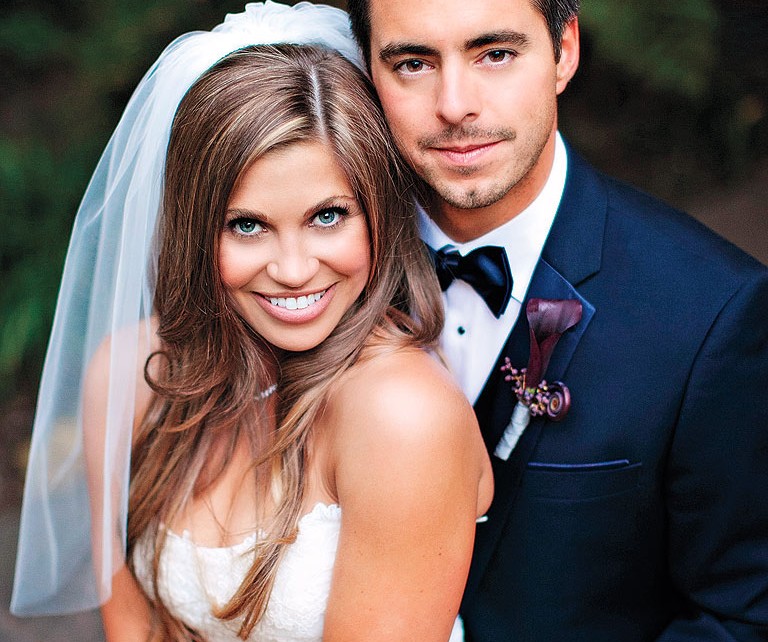
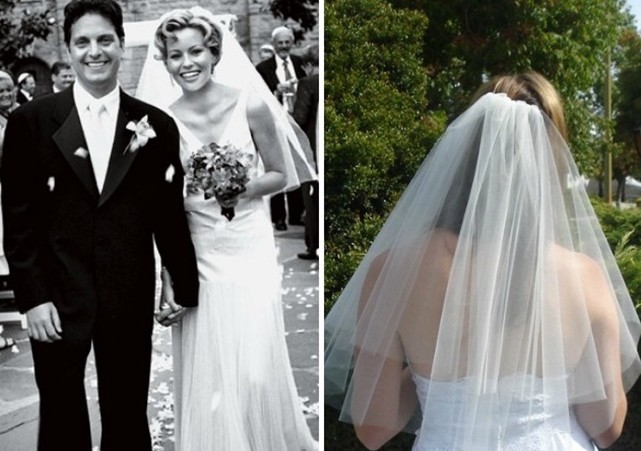
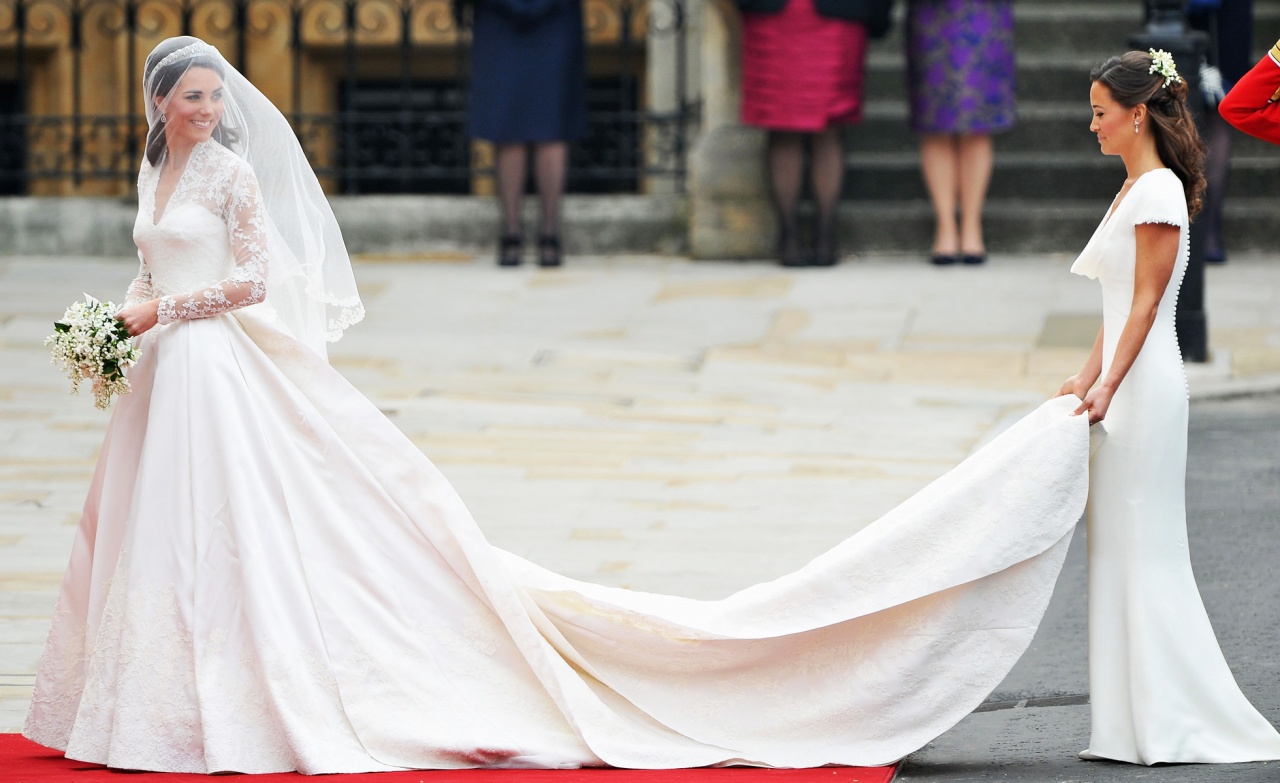
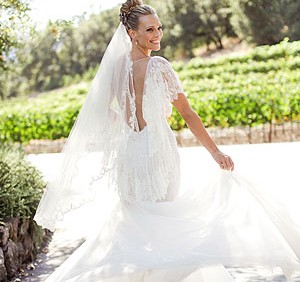
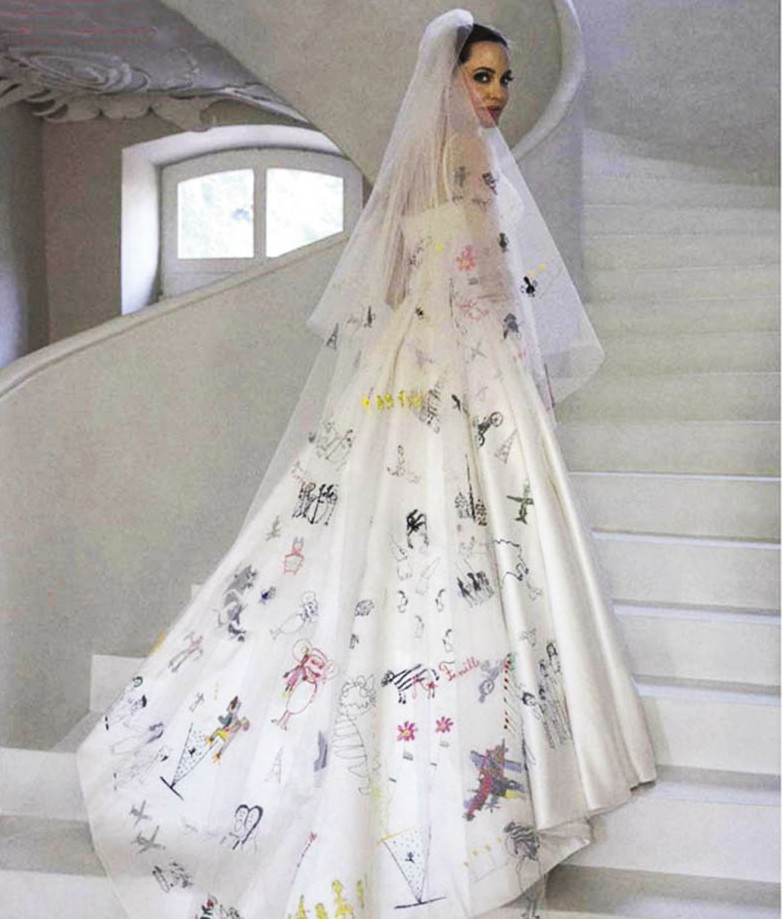
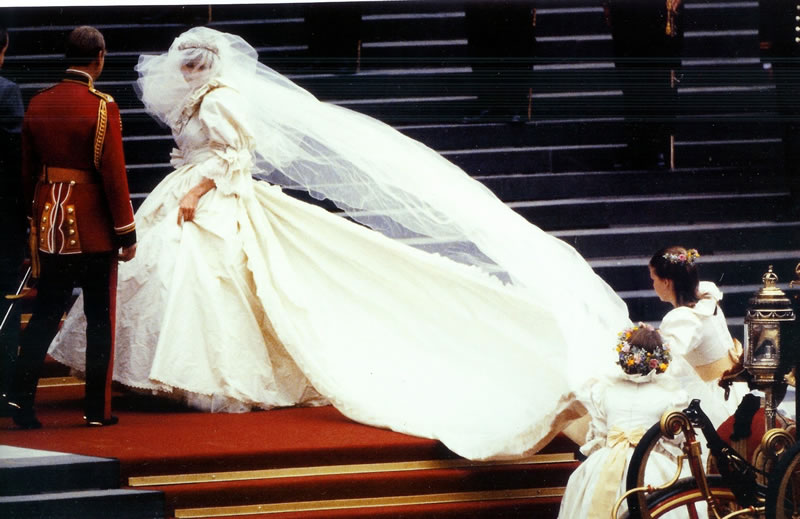
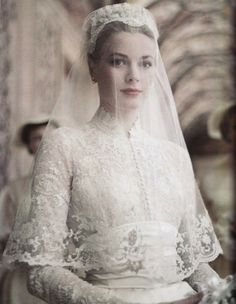
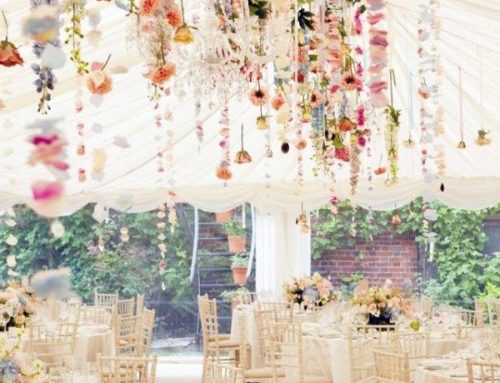
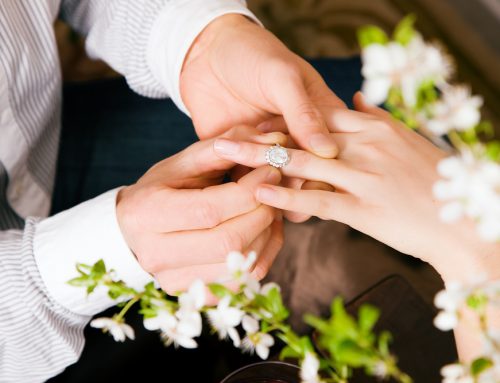
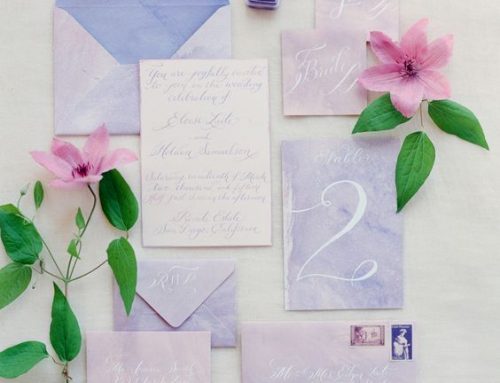




Let’s Get Social